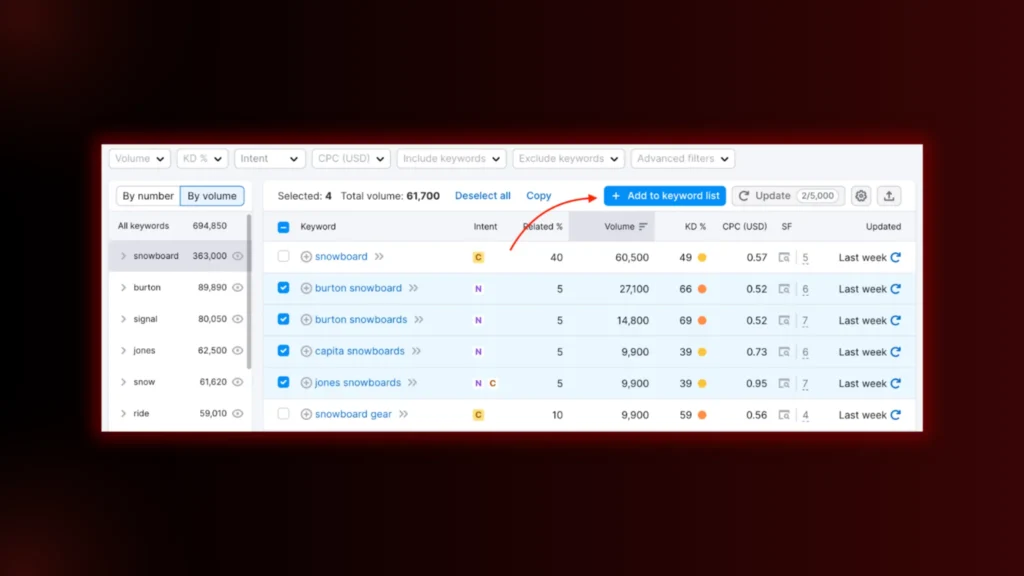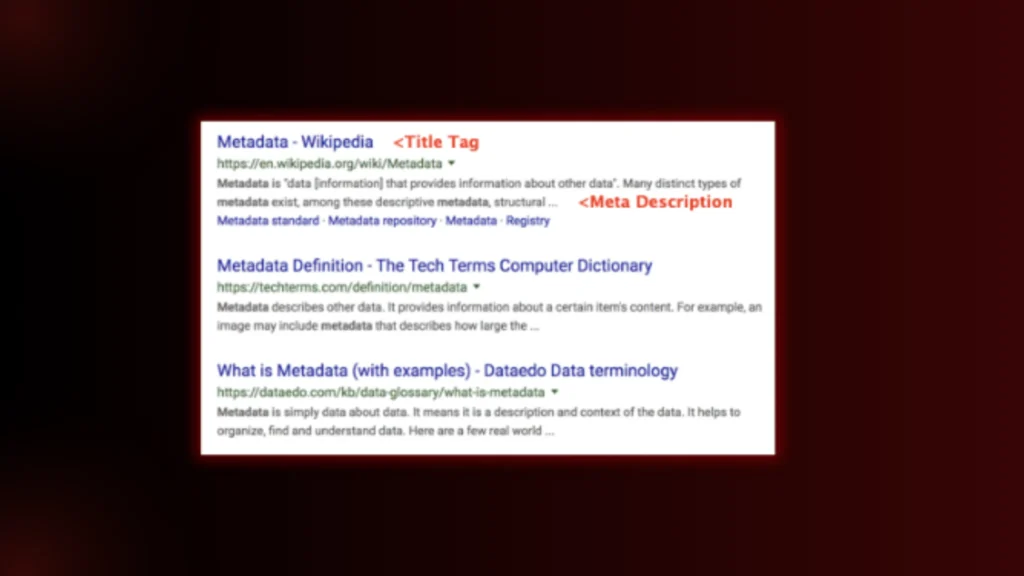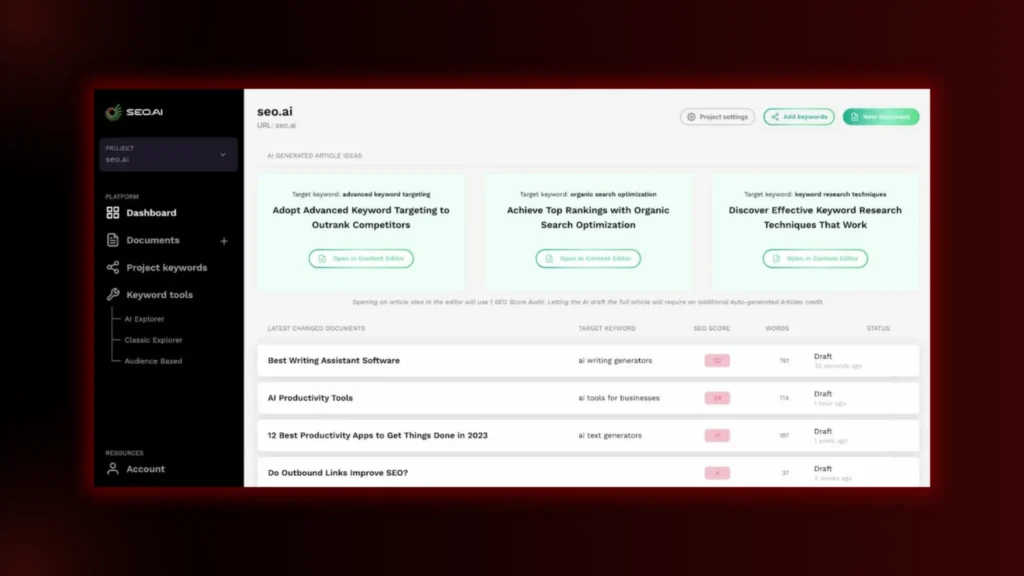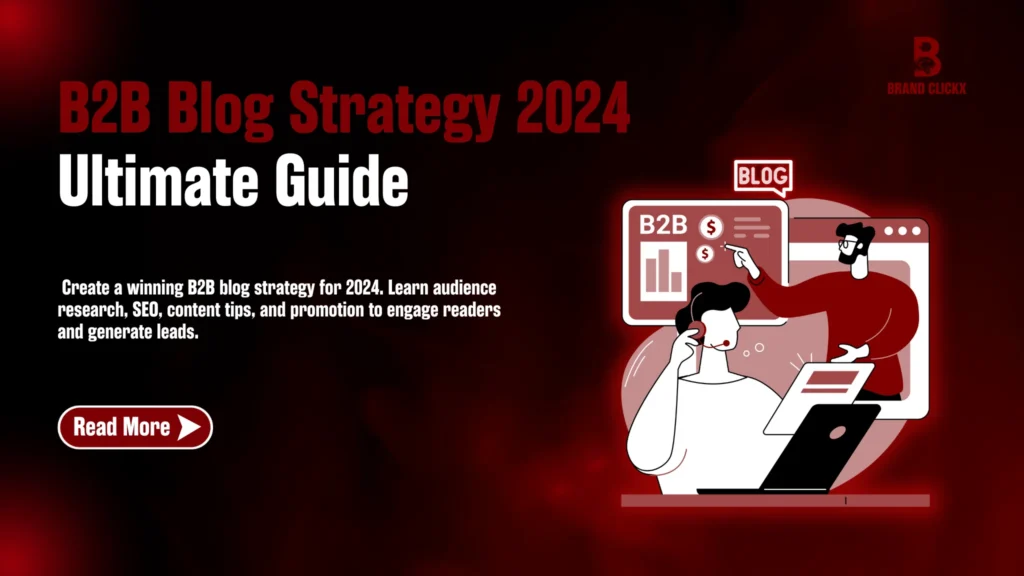Let’s face it—SEO has always been a bit of a black box. You tweak, you test, and you wait, hoping Google smiles on your website. But what if you could take the guesswork out of it? That’s where LLMs in SEO come into play. These large language models like ChatGPT or GPT-4 are transforming how entrepreneurs and founders like you approach digital growth.
Whether it’s generating content that resonates or uncovering keyword insights you never thought possible, LLMs can be your unfair advantage.
The problem? Many are diving in without a strategy, wasting time (and budgets) on generic outputs that fail to deliver real results. Sound familiar? If you’ve ever felt overwhelmed by endless SEO guides or frustrated by stagnant rankings, this blog is your blueprint. We’ll break down how to utilize LLMs in SEO effectively.
Let’s try
How to Use LLMs in SEO Effectively?
1. Content Creation That Feels Human

One of the most impressive things LLMs in SEO can do is help create engaging, high-quality content that doesn’t feel robotic.
- Example: Let’s say you’re running a blog about fitness. Using an LLM like GPT, you can generate a 2,000-word article on “10 Ways to Improve Your Running Form.” The LLM not only writes the post but ensures the tone matches your brand (friendly, expert, or motivational) and includes easy-to-follow steps backed by research.
- Why It Matters: Search engines, especially Google, prioritize content that serves user intent and keeps them engaged. Content created with LLMs can mimic natural language, which makes it more likely to resonate with your audience. Plus, you save hours in brainstorming and drafting.
Checkout the ways to write engaging content
2. Keyword Research at Scale
LLMs are incredible at uncovering hidden keyword opportunities, especially long-tail keywords that are specific and less competitive.

- Example: Instead of targeting “SEO tools” (a very competitive keyword), an LLM might suggest “best SEO tools for small businesses” or “free SEO tools for beginners.” These are long-tail variations that are easier to rank for.
- Pro Tip: Tools like Semrush or Ahrefs can show you the search volume of these keywords, but an LLM helps you predict why users are searching for them. It can analyze the intent—are they looking for a free solution? A guide? A comparison? Use these insights to optimize your pages accordingly.
3. Perfecting Meta Titles, Descriptions, and Headers
One of the fastest wins in SEO is optimizing your metadata (titles, descriptions, H1s). But let’s be honest, writing compelling meta descriptions for hundreds of pages is a grind. That’s where LLMs shine.

- Example: If you’re optimizing an e-commerce site for shoes, an LLM can generate dynamic, keyword-rich meta descriptions like:
“Shop the latest collection of running shoes. Lightweight, durable, and designed for ultimate performance—perfect for every stride. Free shipping included!” - Why It Works: These models understand the importance of keeping descriptions concise while packing in keywords and CTAs to improve click-through rates (CTR).
4. Content Gap Analysis Made Easy
Do you ever feel like your competitors are ranking for keywords you didn’t even know existed? LLMs can analyze your content compared to competitors and identify gaps.

- Example: Imagine you run a website about vegan recipes. Your competitor has a lot of traffic coming from queries like “high-protein vegan meals.” An LLM might suggest new content ideas like “Top 10 Vegan Protein Powders” or “How to Add More Protein to Vegan Diets.”
- How to Use It: Once you identify these gaps, create comprehensive content that targets these topics. Bonus points if you add internal links to related articles, signalling topical authority to search engines.
5. Automating SEO Tasks (Goodbye Manual Work!)
Nobody wants to spend hours writing alt text for hundreds of images or creating FAQ sections for every page. With LLMs, a lot of these tedious tasks can be automated.

- Example: If you have a site with 50 blog posts, you can use an LLM to generate alt text for every image, ensuring it’s descriptive and includes relevant keywords.
- FAQs Made Simple: Tools like GPT can write detailed FAQ sections that answer common user queries, which is great for featured snippets and voice search optimization. For example:
- Question: What’s the best way to clean running shoes?
- Answer: “To clean running shoes, start by removing the laces and insoles. Use a soft brush to scrub away dirt with mild soap and water. Let them air-dry for the best results.”
Checkout this beginner guide to SEO 2025
6. Understanding User Intent Like a Pro
This is where LLMs shine. They don’t just look at keywords—they understand what the user wants.

- Example: A search query like “best laptops for students under $1,000” has a clear intent: users want affordable laptops with good specs for studying. An LLM could suggest content ideas like:
- A comparison table of laptops under $1,000.
- A blog titled “Top 5 Affordable Laptops for College Students in 2025.”
- Videos or infographics that break down features like battery life or durability.
LLMs help you craft content that matches the intent behind the query, improving engagement and rankings.
7. Voice Search Optimization (Think Conversationally)
With more people using Siri, Alexa, or Google Assistant, optimizing for voice search is a must. LLMs understand conversational language better than any traditional tool.

- Example: Instead of focusing on keywords like “best Italian restaurants,” you’d optimize for phrases like “What’s the best Italian restaurant near me?” or “Where can I get good Italian food in [city]?”
- How LLMs Help: They suggest phrasing that matches how people speak, making your content more likely to appear in voice search results.
Read more to know about SEO for voice search optimization
8. Creating Topic Clusters for Authority
Search engines love websites that are authorities on a specific topic. LLMs can help you create content clusters that interlink and establish your site as an expert.

- Example: If your site is about gardening, you could create a hub page on “How to Start a Vegetable Garden.” From there, link to related articles like:
- “Best Vegetables for Beginners”
- “5 Common Gardening Mistakes and How to Avoid Them”
- “Seasonal Planting Guide for 2025”
This kind of structure not only boosts your SEO but keeps users on your site longer.
Final Thoughts
LLMs are changing the SEO landscape by making content creation smarter, keyword strategies more precise, and tedious tasks easier to manage. But here’s the thing: they’re tools, not replacements for expertise. The best results come when you combine the efficiency of LLMs with your deep understanding of your audience and SEO best practices.
So, whether you’re looking to dominate SERPs, improve user experience, or simply save time by incorporating LLMs in SEO, BrandClickX can assist you with that.
Contact Us for more details!
FAQs
What role do LLMs play in SEO content optimization?
LLMs (Large Language Models) are used in SEO to generate high-quality, engaging, and keyword-rich content that aligns with search engine algorithms, improving website rankings.
How can LLMs help in SEO keyword research?
LLMs in SEO can analyze vast datasets to identify high-performing keywords, predict trends, and suggest related terms for better targeting in content.
What are the limitations of using LLMs in SEO?
While LLMs in SEO can generate impressive content, they may occasionally produce generic or inaccurate results, requiring human review and fine-tuning.
How can LLMs in SEO keep up with algorithm updates?
LLMs in SEO adapt by continuously learning from new data, helping businesses align their strategies with evolving search engine algorithms.



